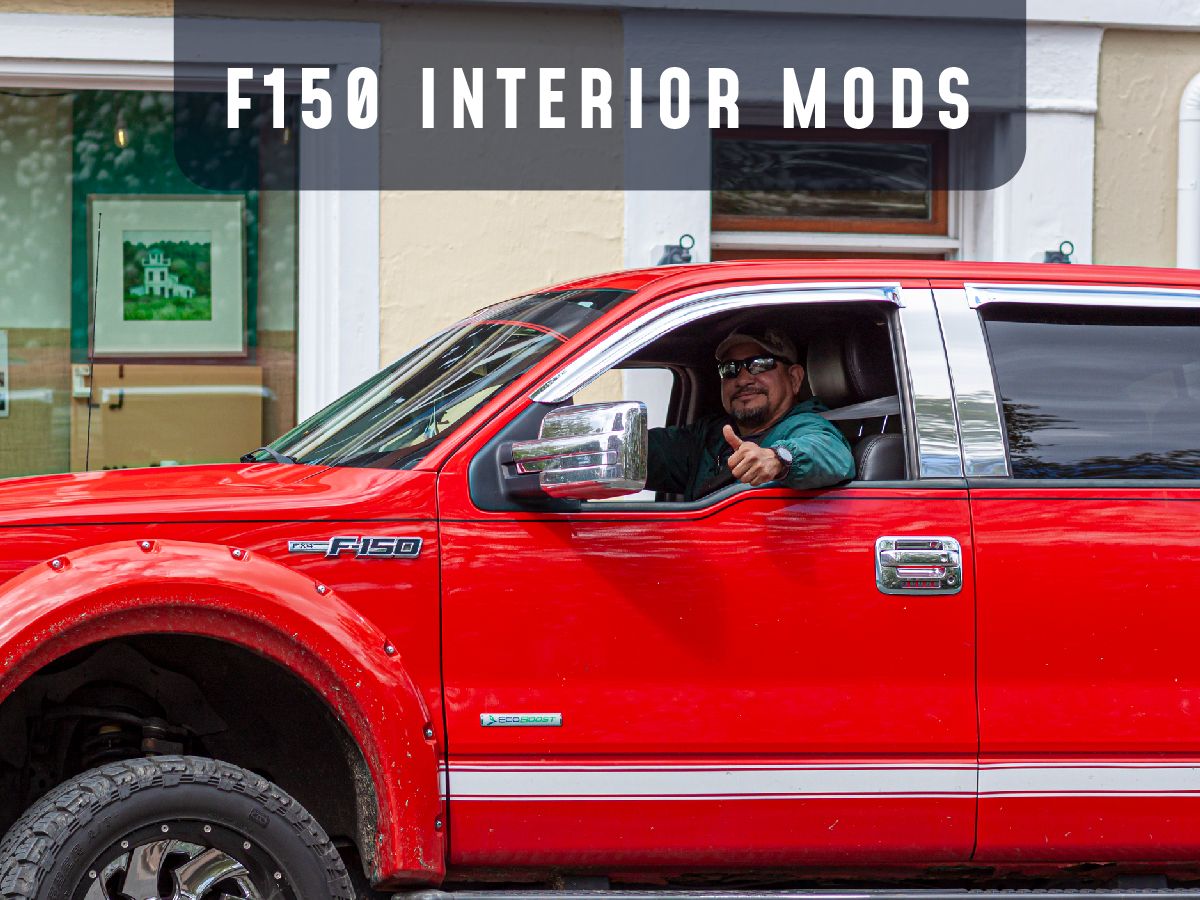Continuing an upward trend in pre-owned auto purchases in recent years, a record 39.2 million used vehicles were sold in 2017, and for good reason. A new vehicle loses more than 67 percent of its value after the first five years of ownership, according to a recent report by Kelley Blue Book. Fortunately, trucks and SUVs retain their value better than many other automotive styles, meaning buying a used pickup could be a savvy financial investment moving forward -- especially when comparing manufacturer resale values. Chevrolet recently topped the Forbes list of estimated best resale value for full-size pickup trucks. In fact, this was the second year in a row that the Chevrolet Silverado HD earned this honor. Nonetheless, purchasing a pre-owned vehicle does come with more risk than purchasing a new vehicle, so knowing what to look for when buying a used truck can save you lot of money.
Much Ado About Mileage -- Does Mileage Matter?
Today, the average car in the US is more than 11 years old. This median age multiplied by the annual average vehicle mileage equals approximately 122,500 miles, according to a recent Time report. With this in mind, people should certainly anticipate six-figure odometer readouts while shopping around for used trucks. Depending on maintenance and other factors, 100,000 miles can be just the beginning for many vehicles.
While trucks tend to stand the test of time better than other automotive styles, attempting to predict the remaining lifetime of a vehicle is tricky. Do not pass up a vehicle due to mileage alone, but buying a used truck with high mileage necessitates information-gathering: proper servicing and upkeep of the vehicle is just as important as how far this vehicle has traveled.
“Every new car today is built to last a quarter of a million miles,” explained Mike Calkins of AAA to Time. “But along with that capability, you need to pay more attention to maintenance.”
As these miles add up over time, there are certain maintenance milestones that buyers should anticipate. Around the 100,000 mile mark, owners should plan on investing in “some major preventative maintenance,” according to an industry expert in a recent NBC report. Thankfully, some newer vehicles may still be covered under the original factory warranty.
A Worry-Free Warranty
A used truck covered under an existing warranty can offer a buyer an invaluable peace of mind. There are two main types of warranties: powertrain warranties and bumper-to-bumper warranties. Each manufacturer will have its own stipulations nestled in the fine print, but most warranties typically guarantee coverage up to a specific point in time or mileage, after which the warranty expires.
For example, in the case of Chevy vehicles, “The Bumper-to-Bumper New Vehicle Limited Warranty covers all repairs on your Chevrolet that can be attributed to defects in material and/or workmanship for the first 3 years or 36,000 miles, whichever comes first. The Powertrain 60,000-Mile/5-year limited warranty extends coverage to specific powertrain components for an additional amount of time/mileage.” A later-model used truck may still be covered under the original manufacturer’s warranty, and this can add a layer of protection to the investment. Some certified pre-owned vehicles are also covered by a manufacturer’s warranty with the option to purchase an extended warranty, although these warranties for used vehicles can be rather pricey. The choice (and risk) is yours!
Protect Yourself From Fraud: Ask Questions
When you are shopping for a used vehicle, it’s important to ask questions that may give you more insight into any potential underlying issues. If you are buying a used pickup from its current or original owner, ask how often the vehicle was serviced. Has the vehicle had any major repairs or accidents? If the owner can provide receipts for this maintenance, that’s even better. These receipts can offer clues to the health and history of the car. For example, if the car has seen little mileage since this last odometer service reading was registered, that could indicate an underlying mechanical issue. Knowing these things can help protect you from becoming a victim of used car fraud.
The National Highway Traffic Safety Administration estimates that nearly half a million vehicles with rolled-back odometers are sold each year. There are many steps you can take to minimize your risk of being sold a vehicle with a doctored odometer. These measures include reading the title, inspection records, and even oil change stickers to look for discrepancies or evidence of an obvious odometer rollback. Shoppers should also check to make sure the numbers on the odometer are in alignment. Uneven or misaligned numbers could be a result of manipulation. Don’t be afraid to give the dashboard a little jolt to see if these numbers move with contact; if they do, the NHTSA suggests to literally “walk away from the purchase.”

Do Your Homework: Recalls and Safety
Earlier this year, General Motors recalled more than one million vehicles (including some 2015 Chevrolet Silverado 1500s and certain GMC 1500 pickup trucks) due to a steering defect. In 2013, more than 3.5 million used cars up for sale had unrepaired defects related to a recall, according to data from CARFAX. The NHTSA has designed a user-friendly interface to help consumers find out if a vehicle is part of a recall. All you need to do is input the VIN number to view a vehicle’s full recall history.
Last year, more than 40,000 people died as a result of automotive accidents so safety should be of the utmost concern when purchasing any vehicle -- used or otherwise. Fortunately, the Insurance Institute for Highway Safety (IIHS) has created a straightforward and easy-to-use database, allowing shoppers to search a massive inventory of crash test ratings and results for many popular makes and models.
Today, many of these automotive accidents are preventable. Backover accidents specifically are responsible for more than 200 deaths and 17,000 injuries annually, according to the Department of Transportation, with children under the age of five accounting for more than 40 percent of these deaths. Backup cameras are designed to add visibility to the large blind spot directly behind a vehicle, which helps to minimize the risk of a backover accident by up to 16 percent, according one data analysis. As of May 2018, the NHTSA requires a rearview video system (RVS) on all new vehicles but, often, older used models will sport them as a luxury option. With this in mind, CameraSource has a wide range of backup cameras for many pickup truck makes and models to keep you safe on the highways, byways, and everywhere in between.
For more information on buying a used pickup, check out our used truck buying guide here.








